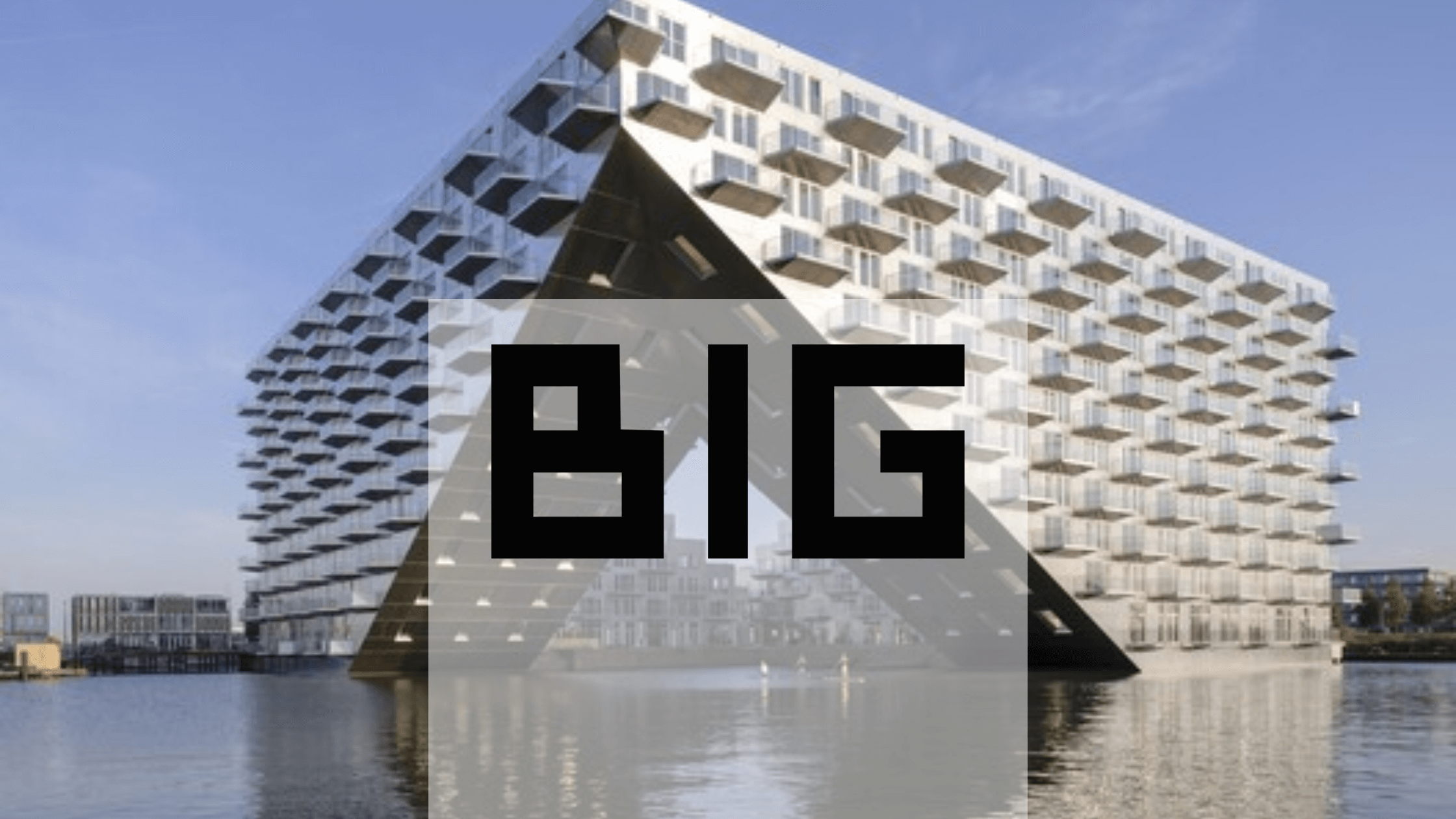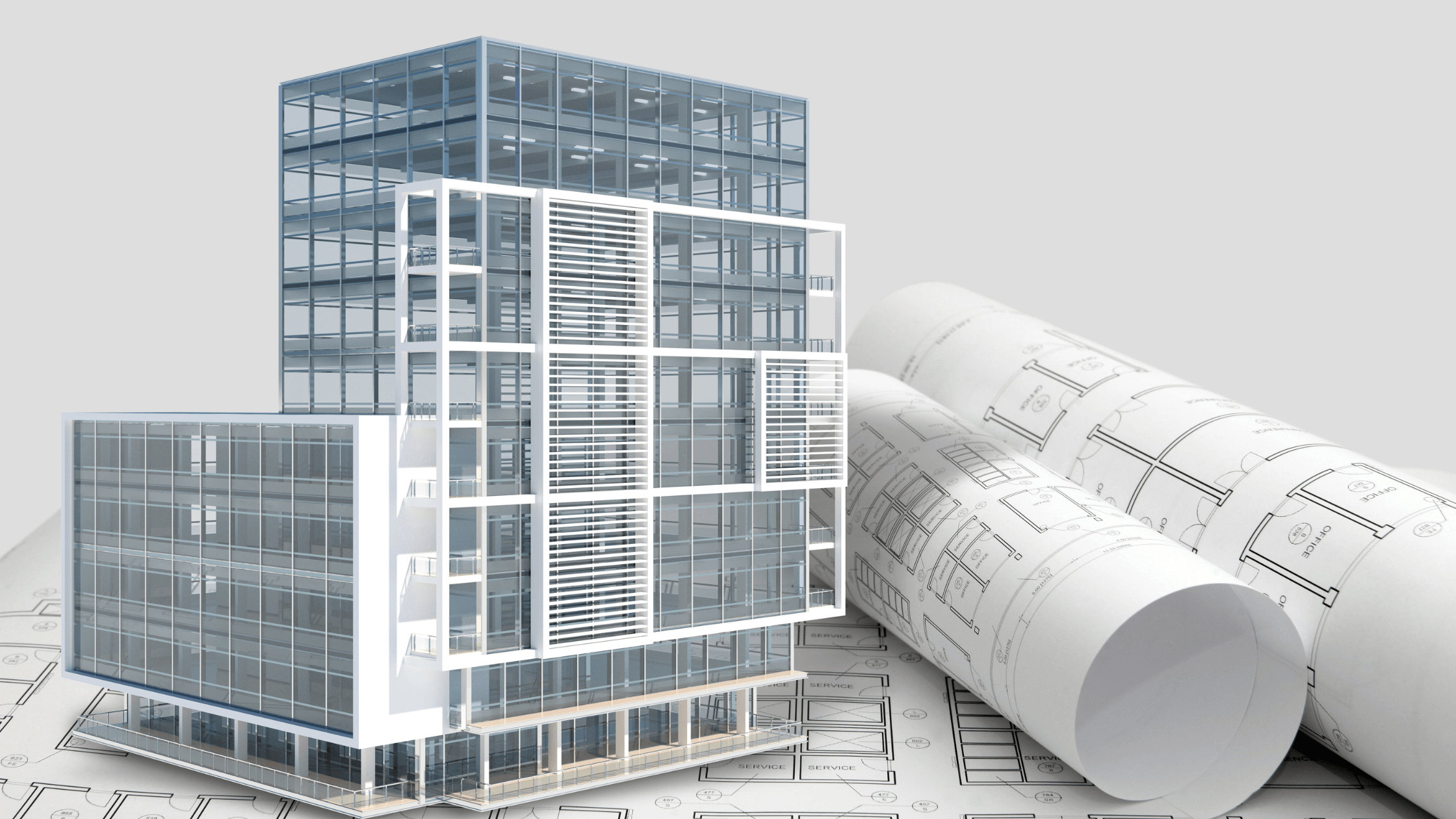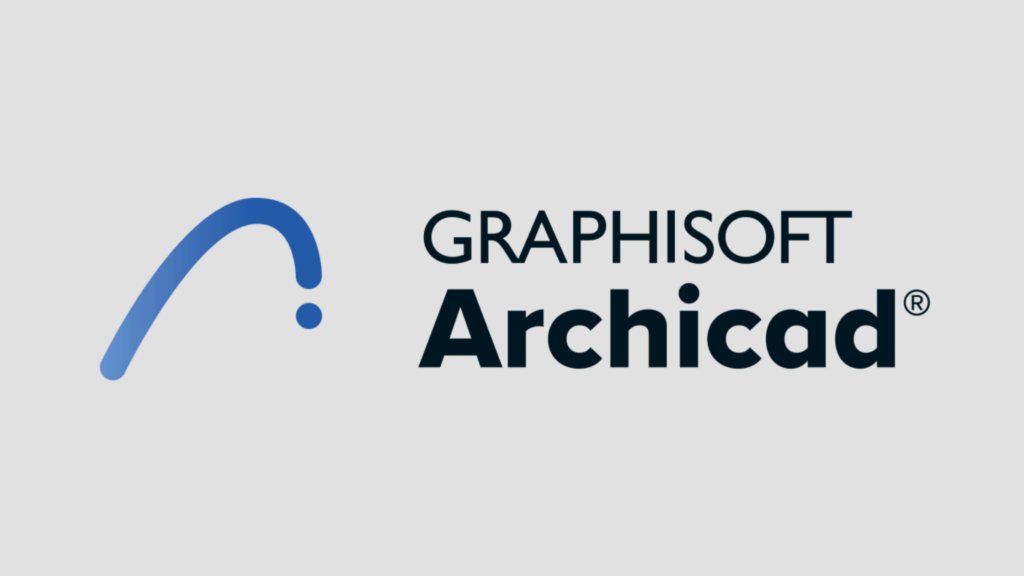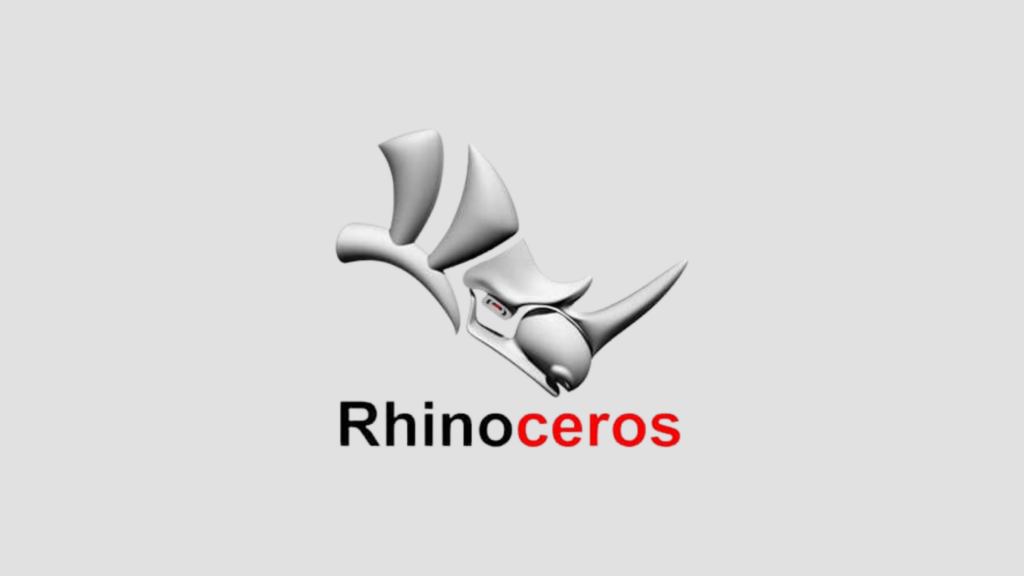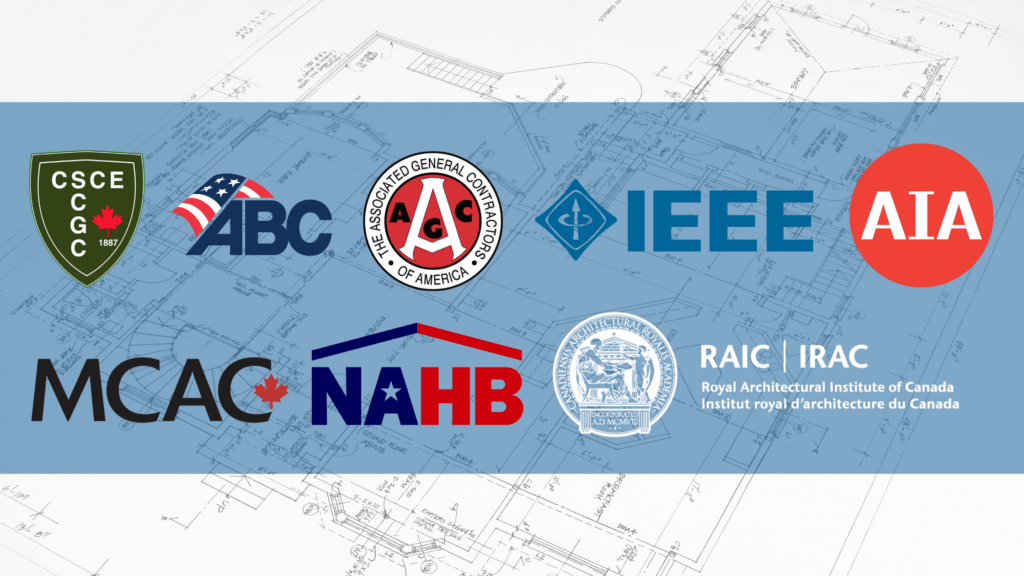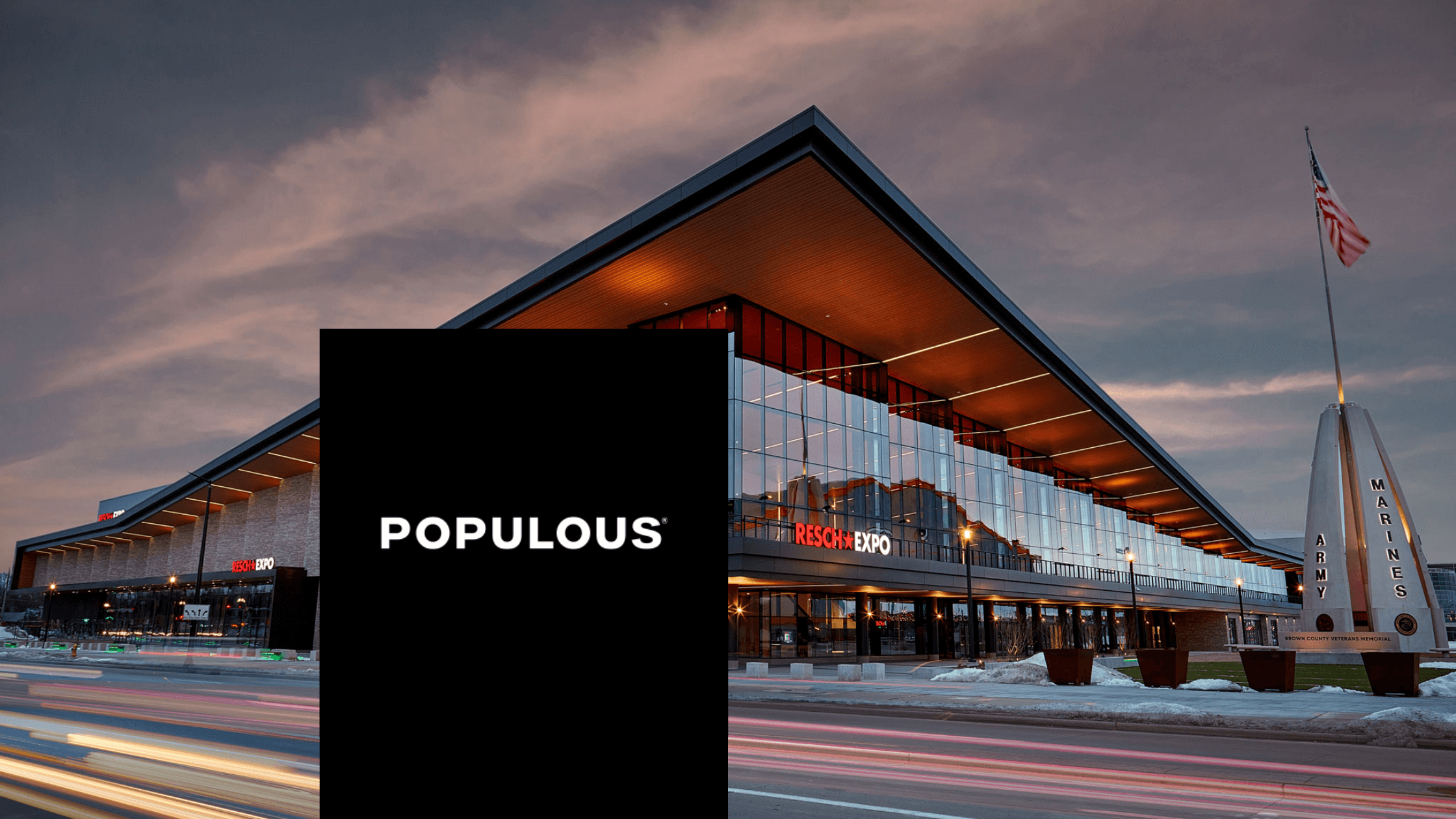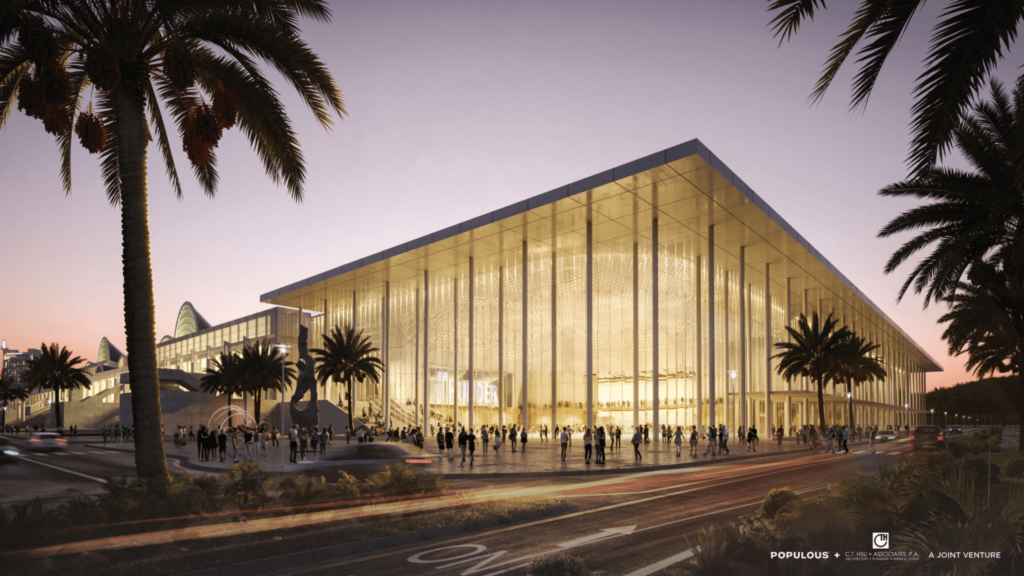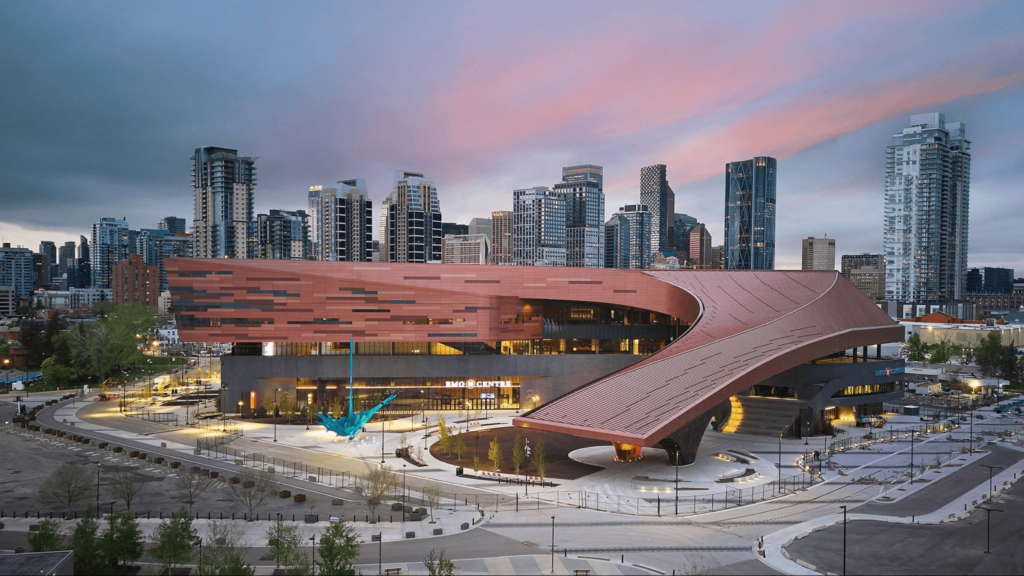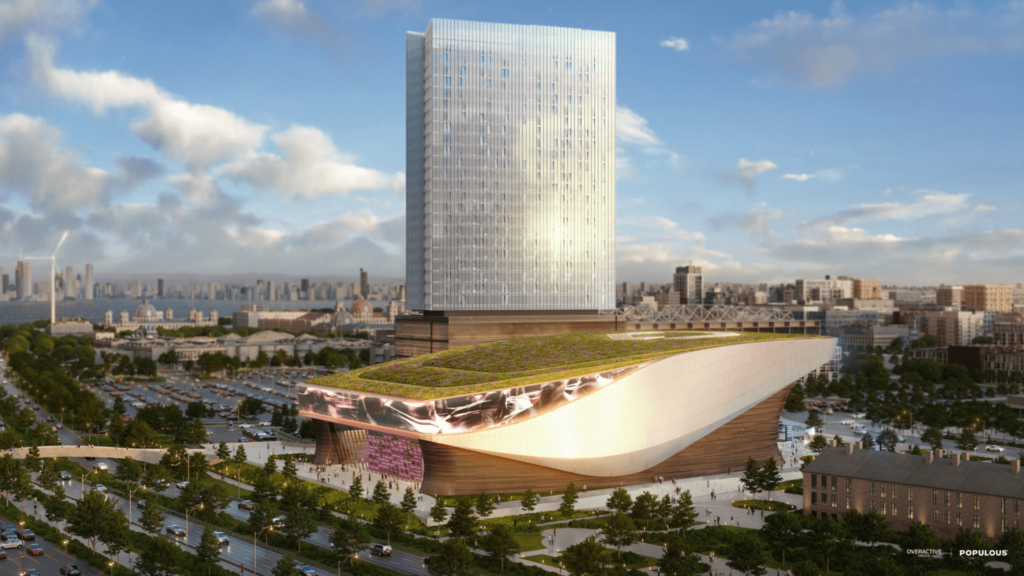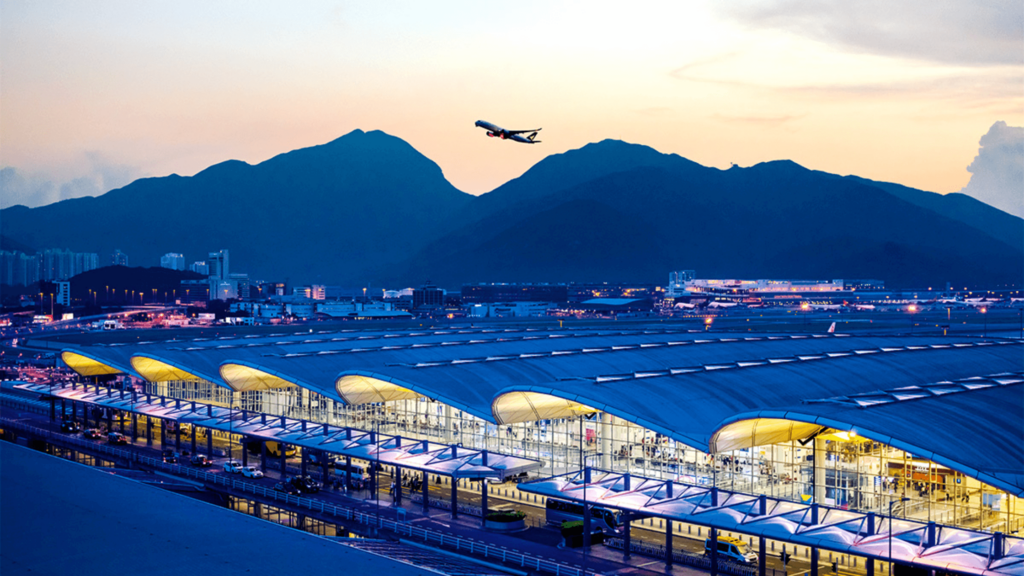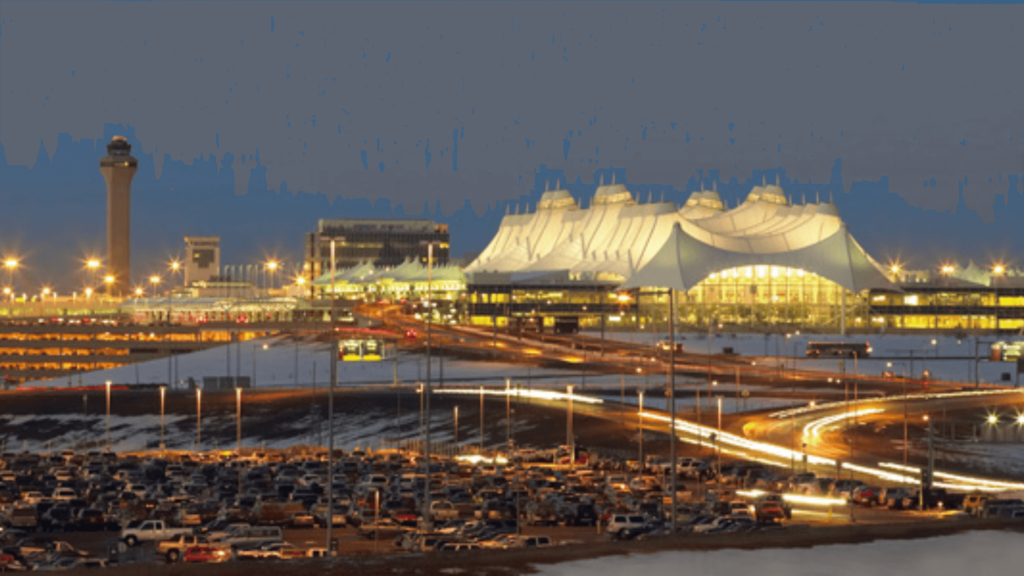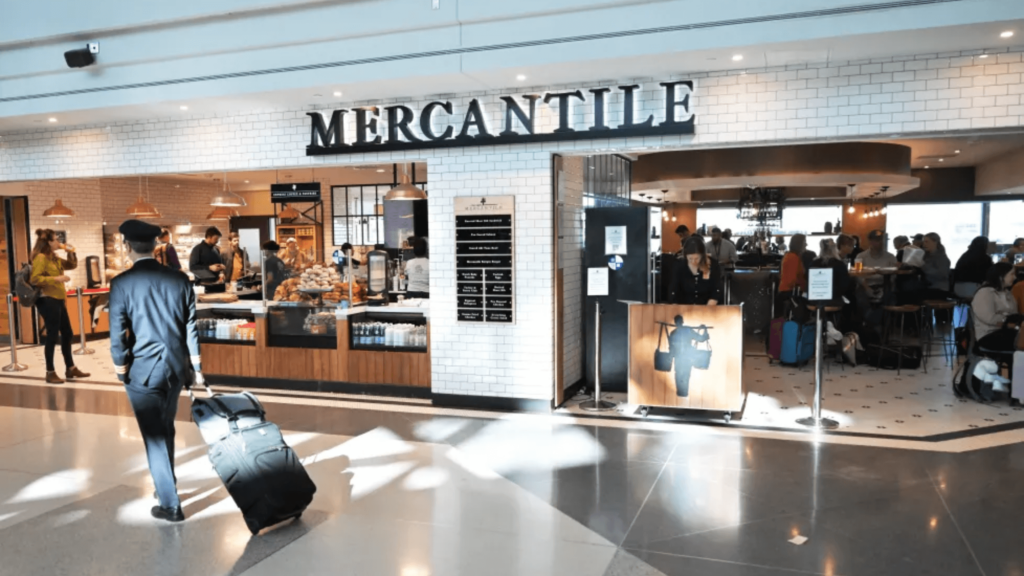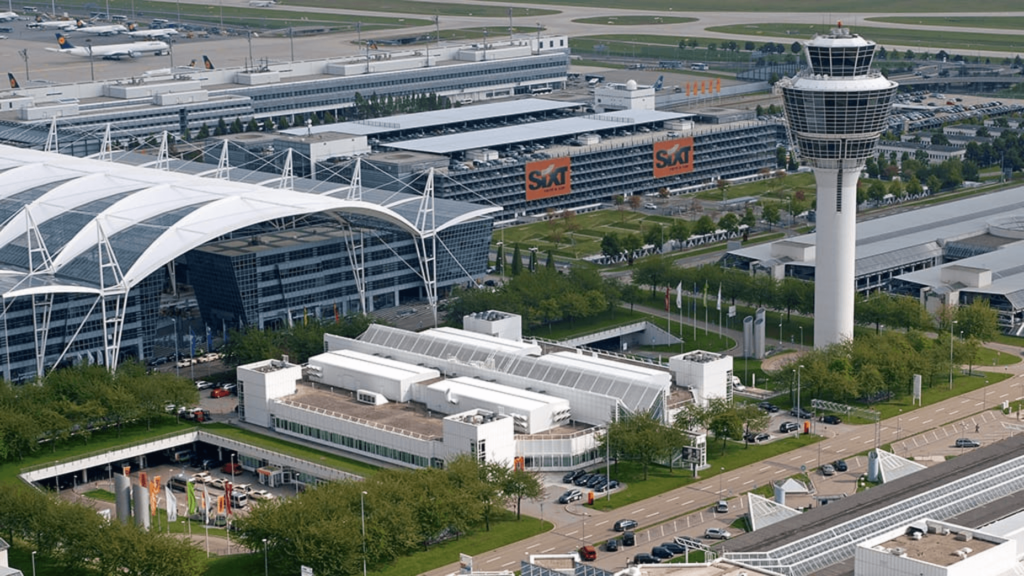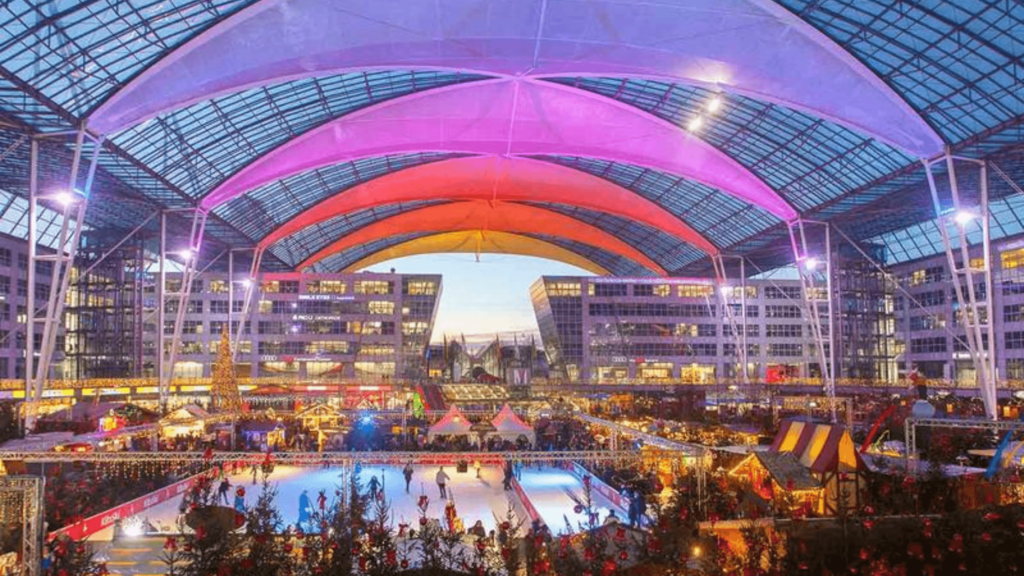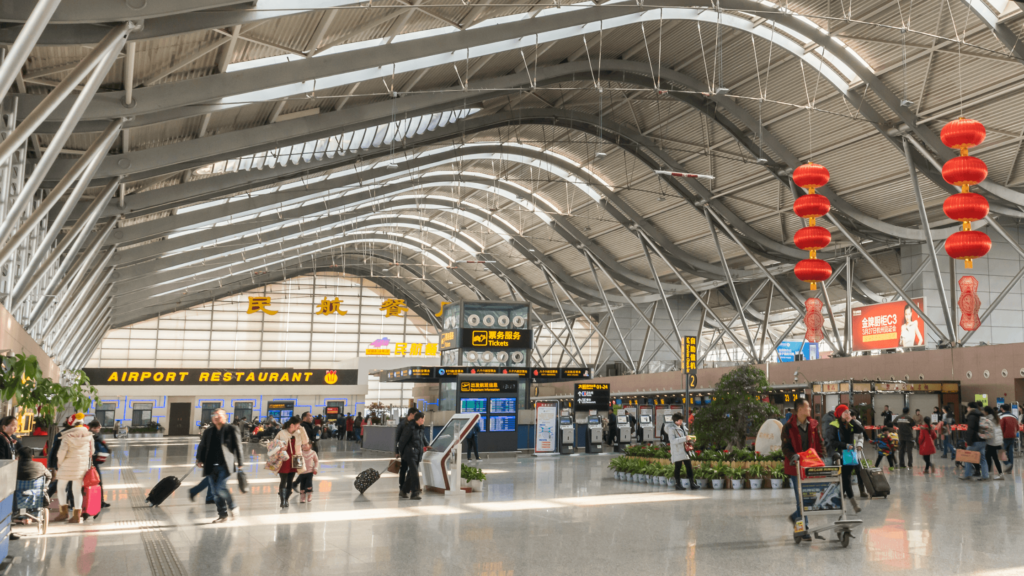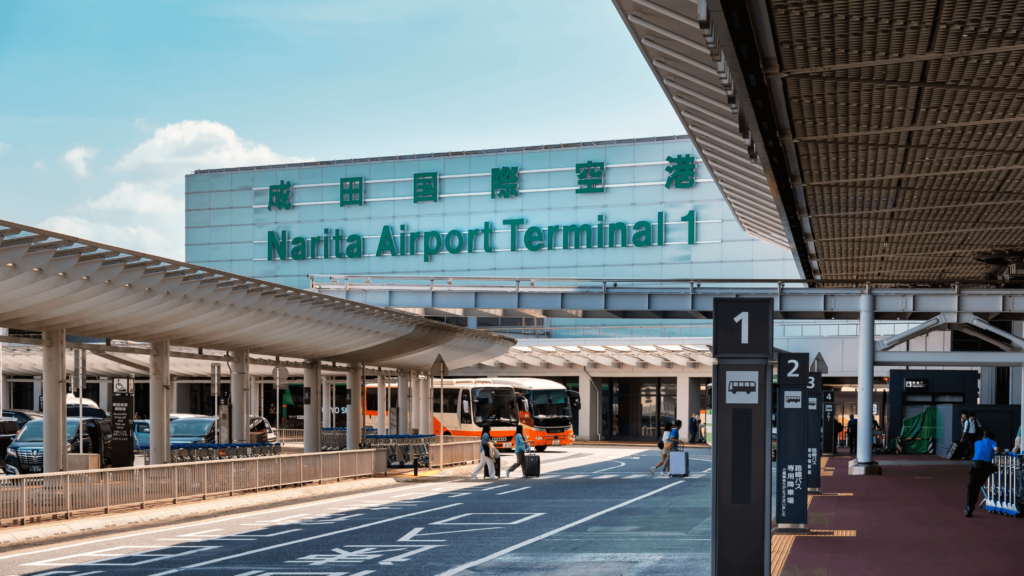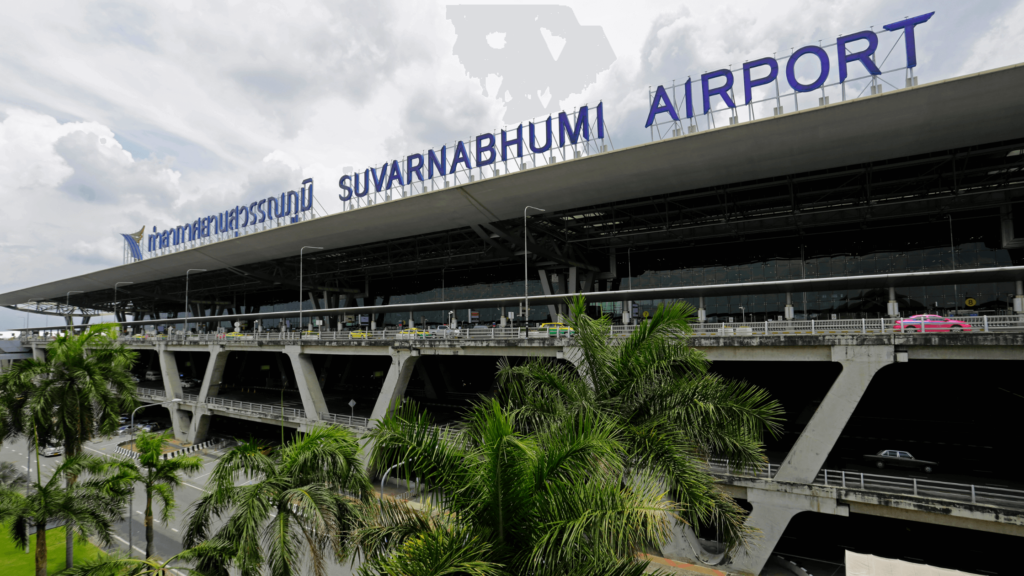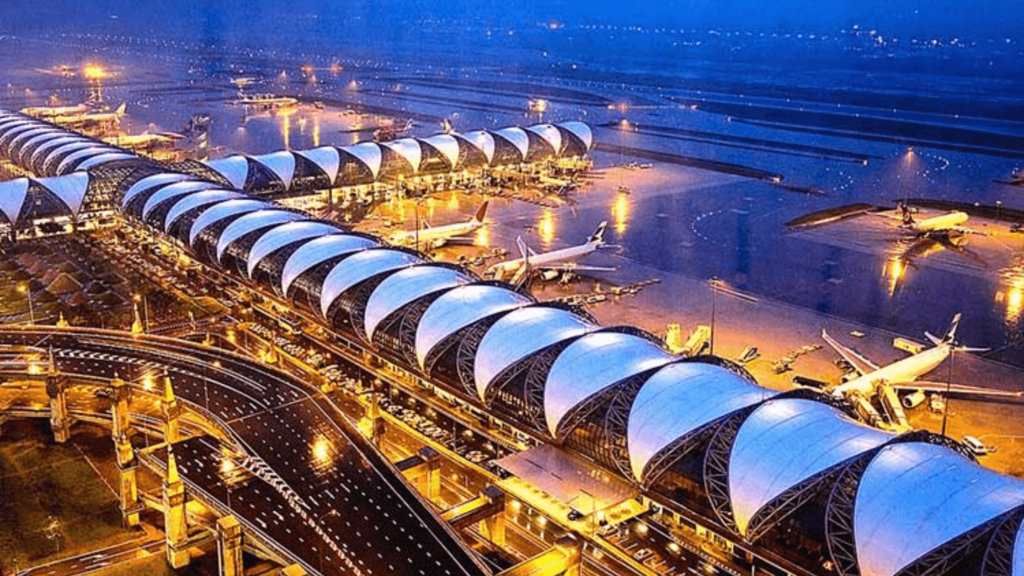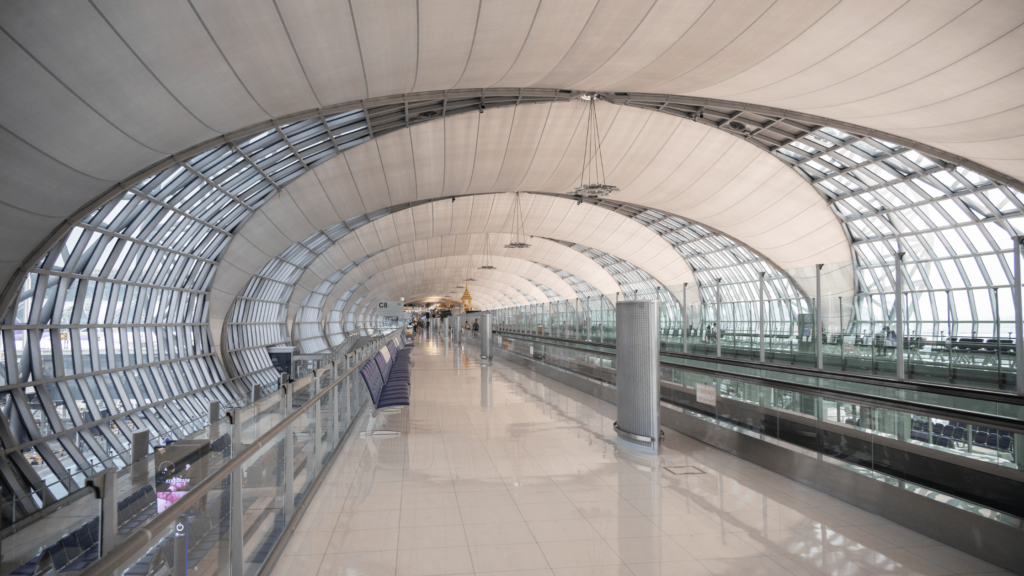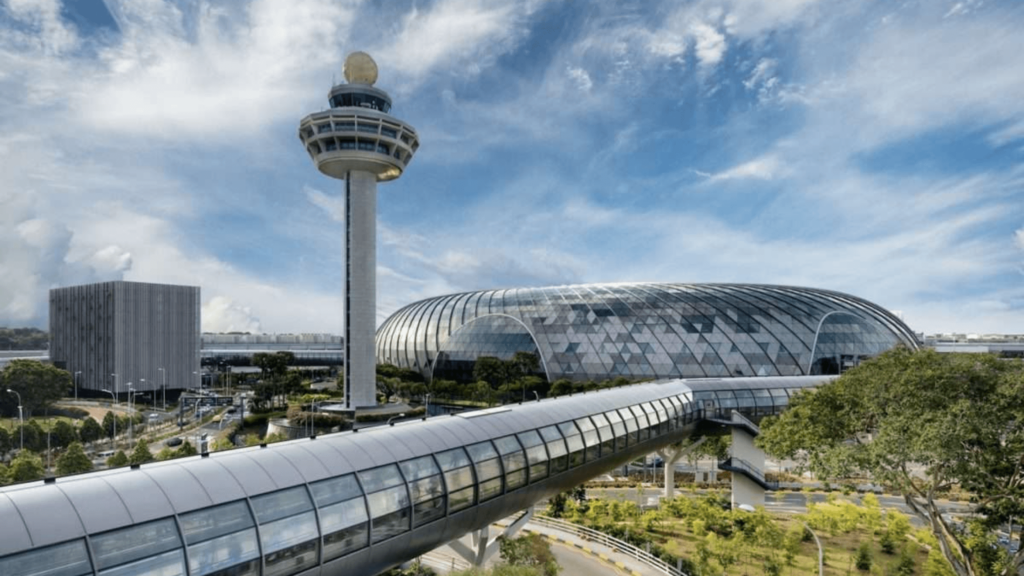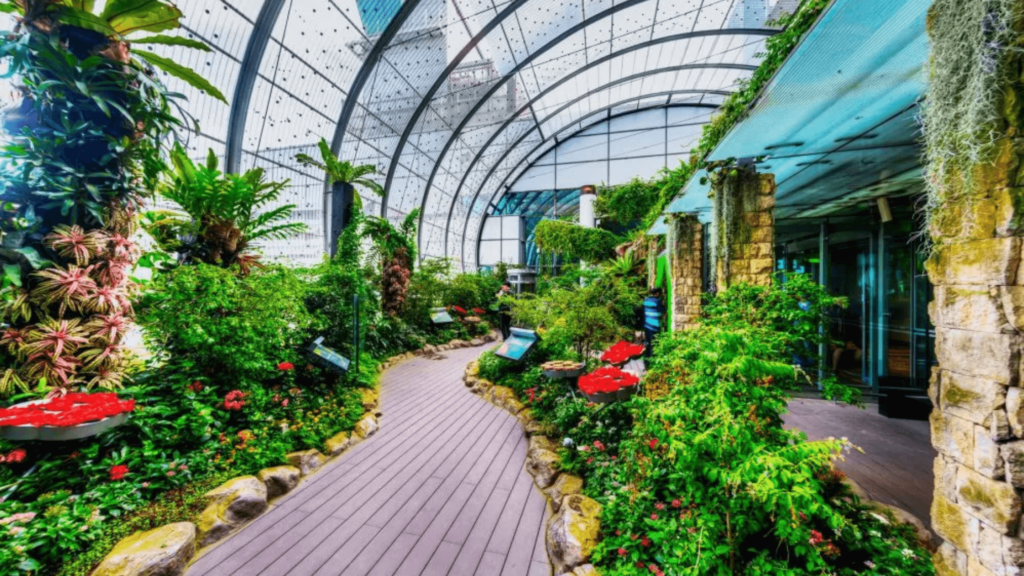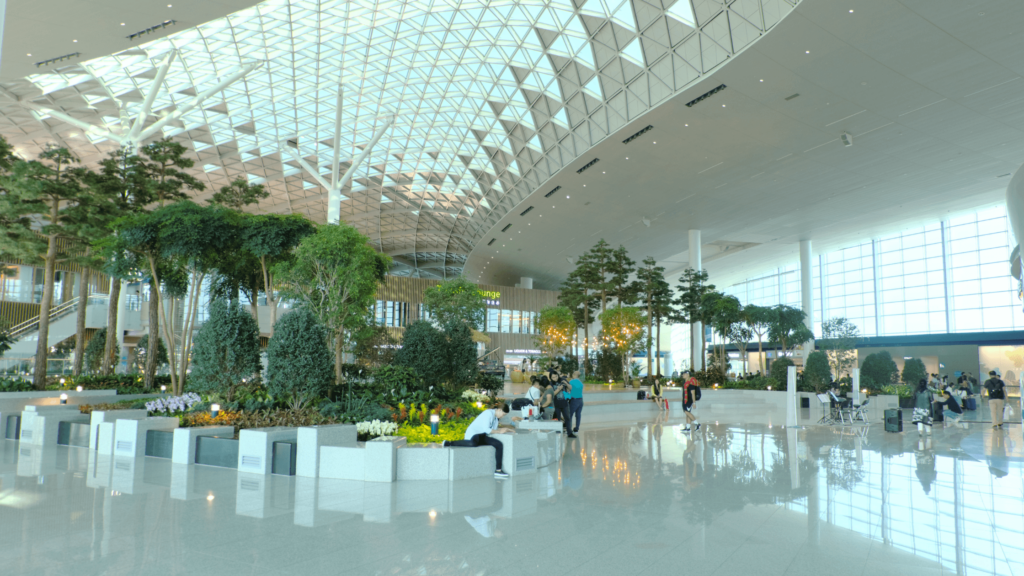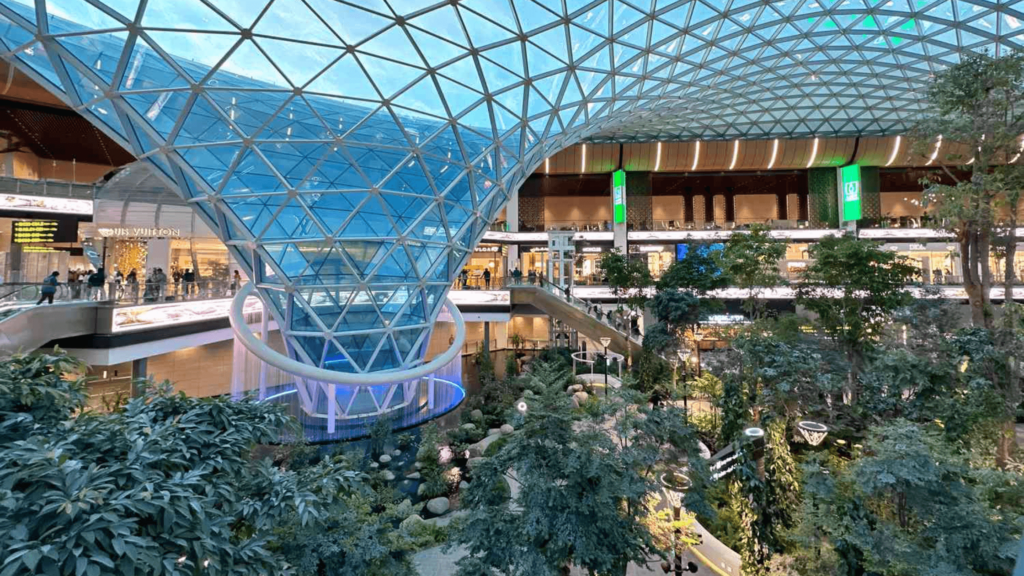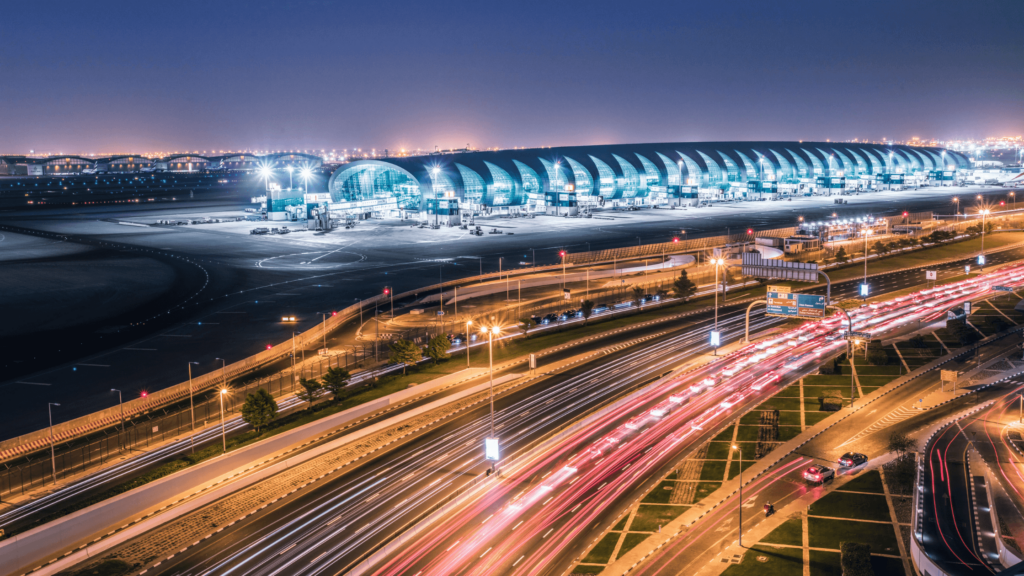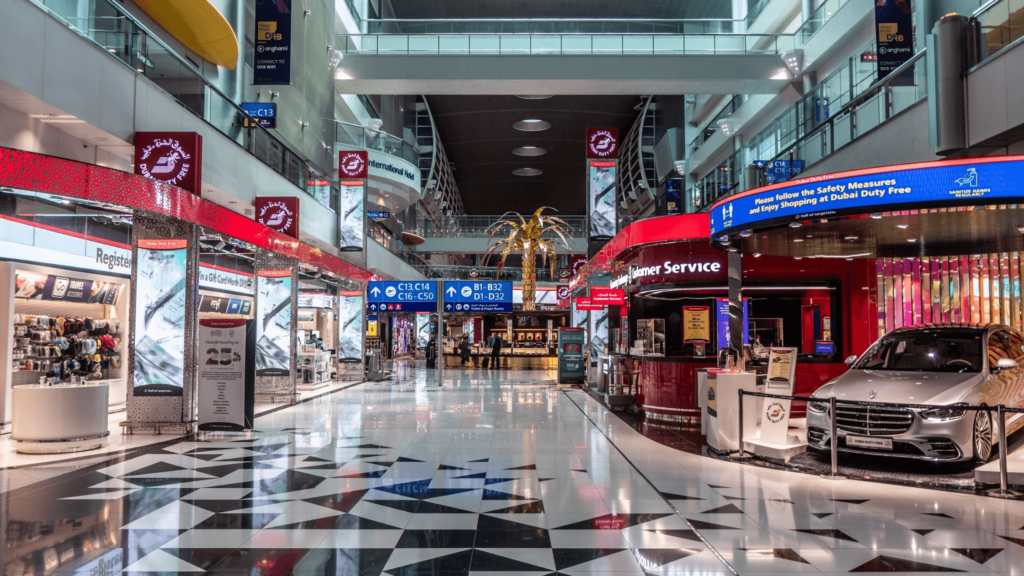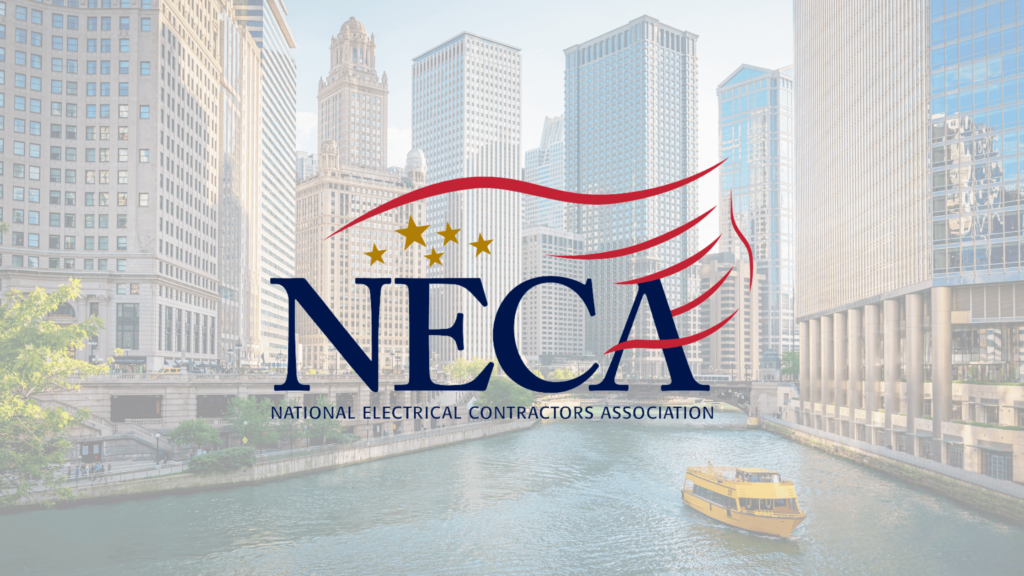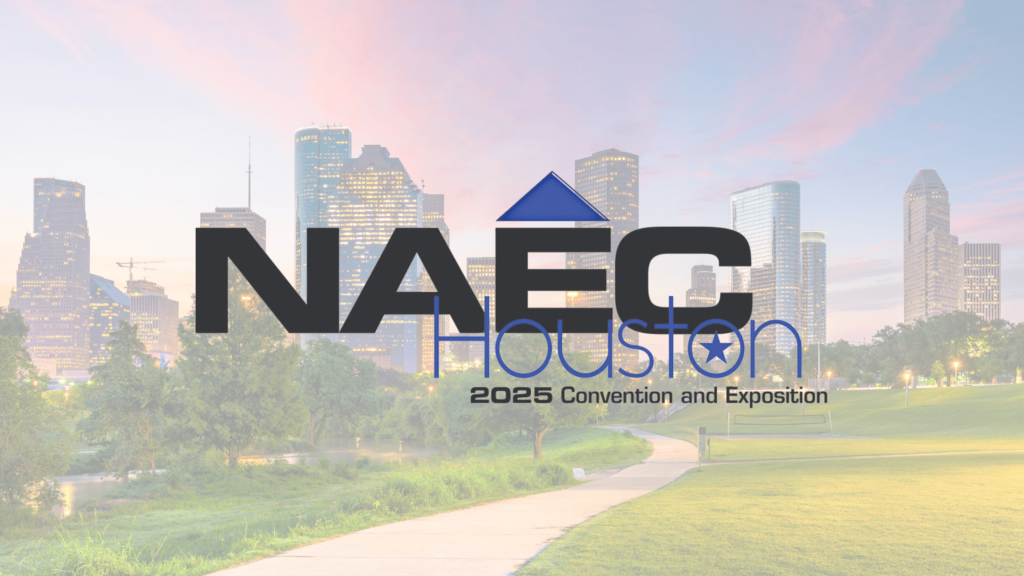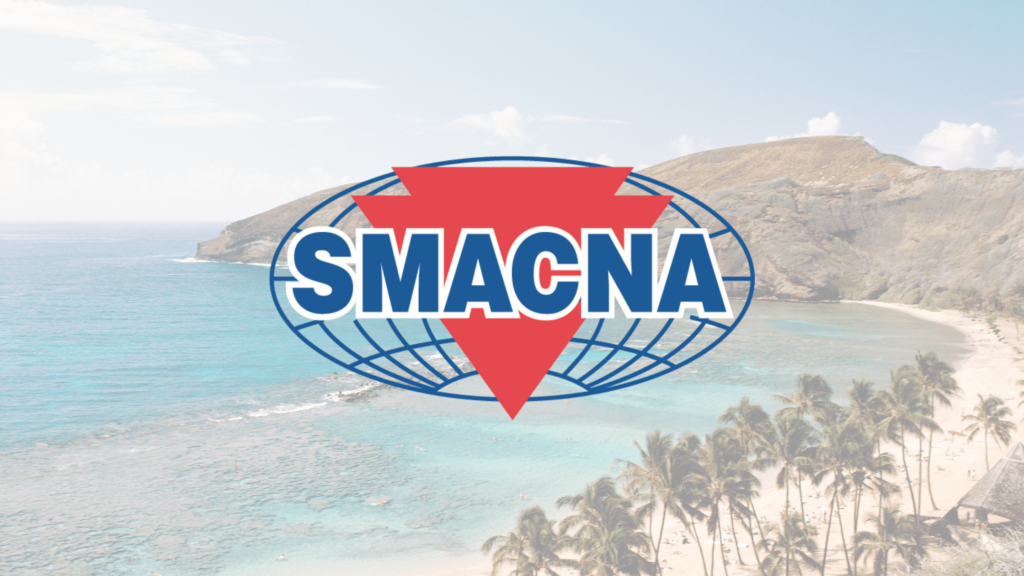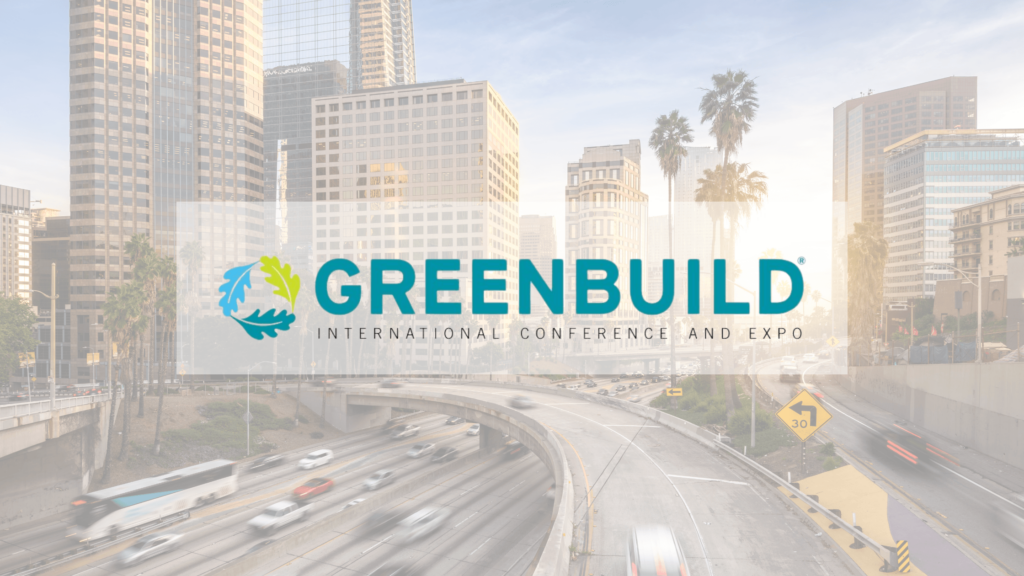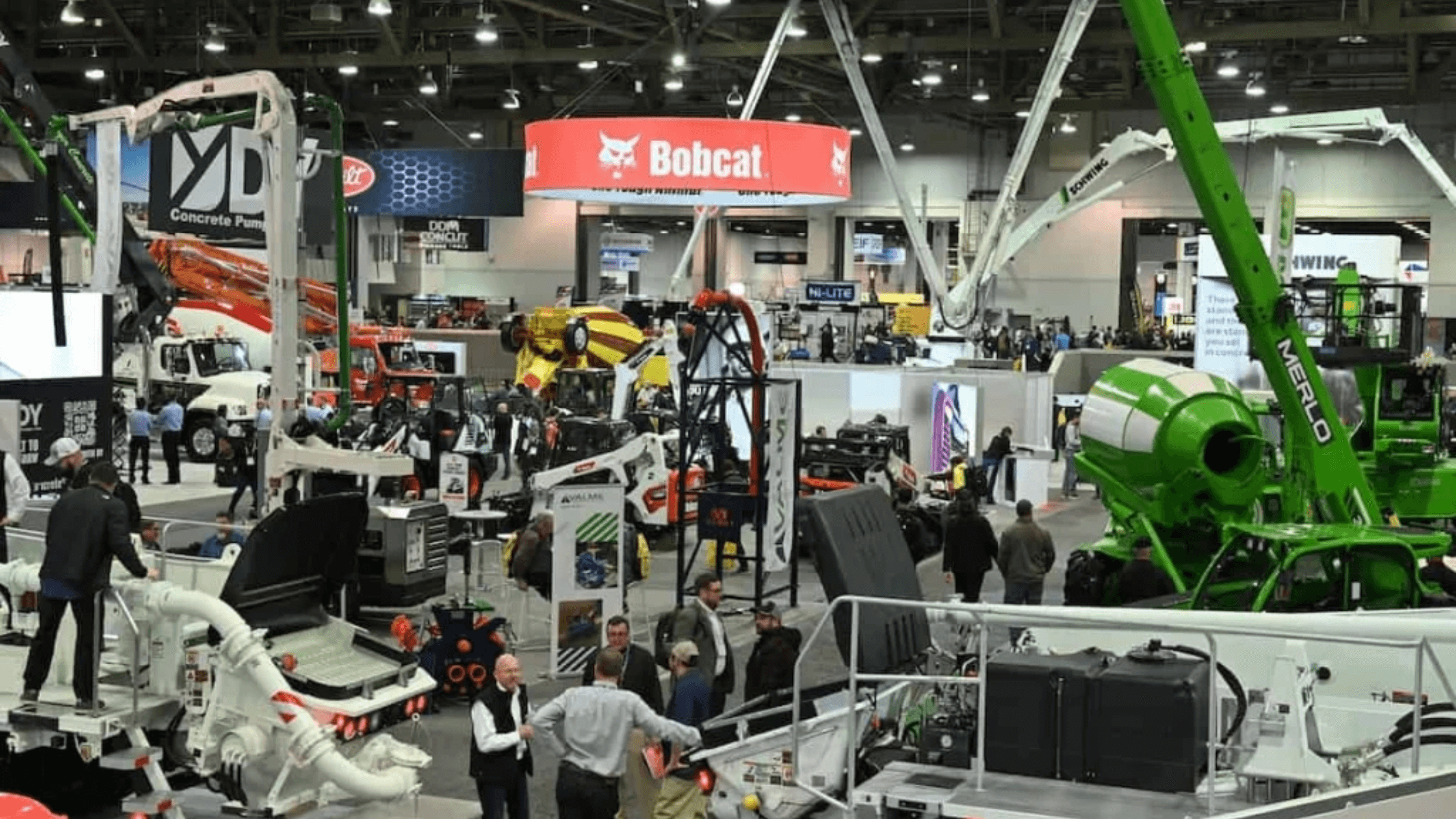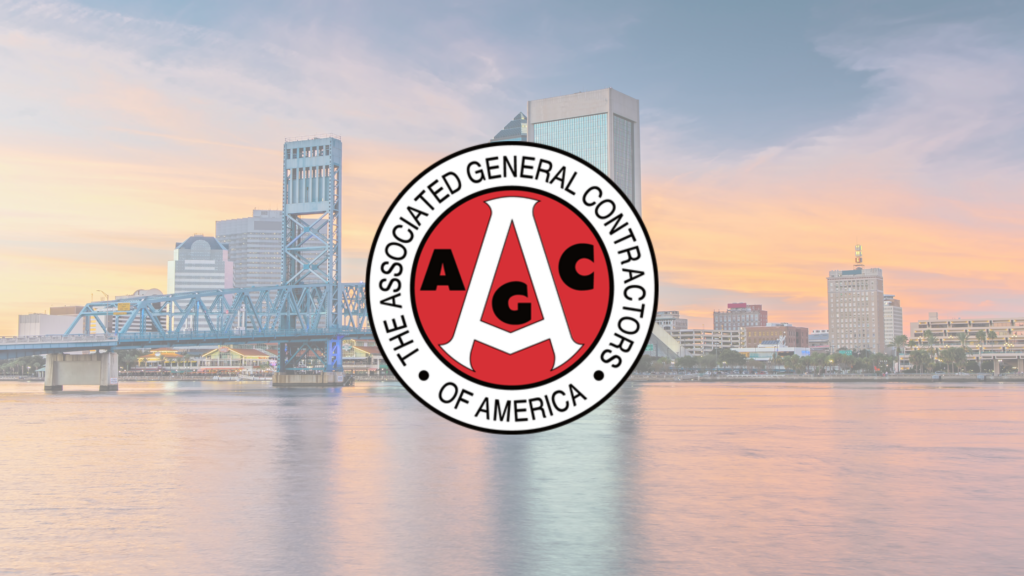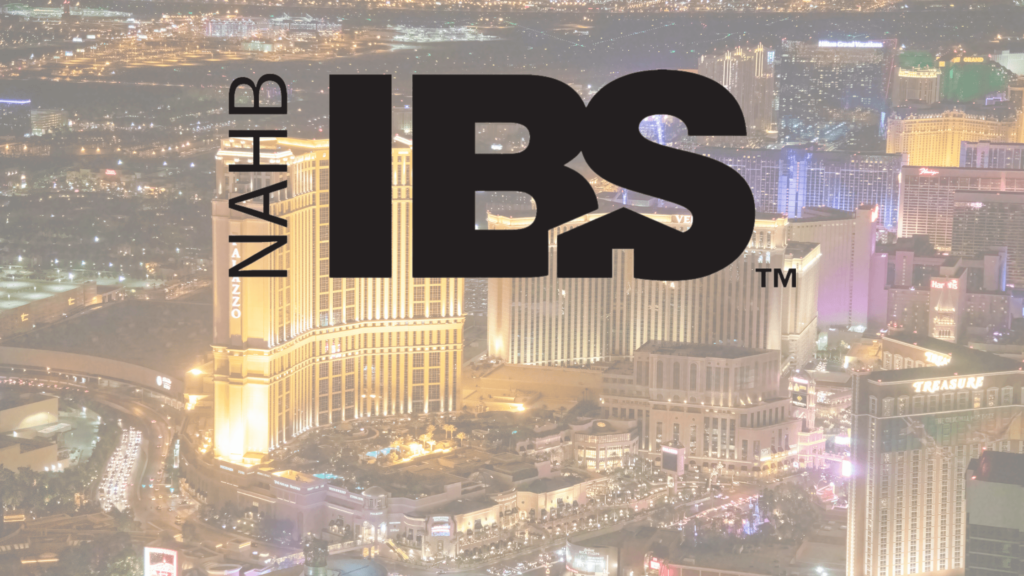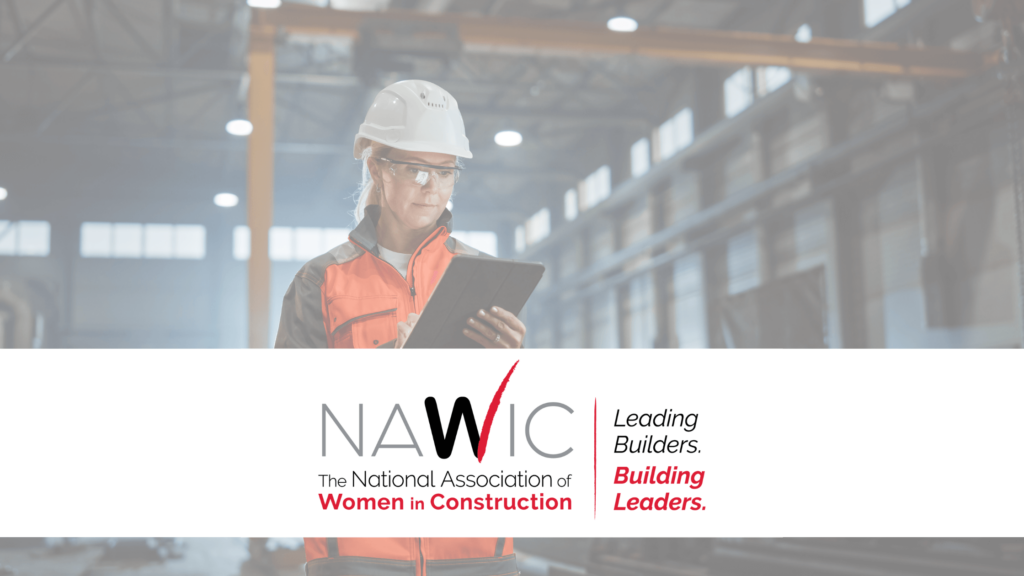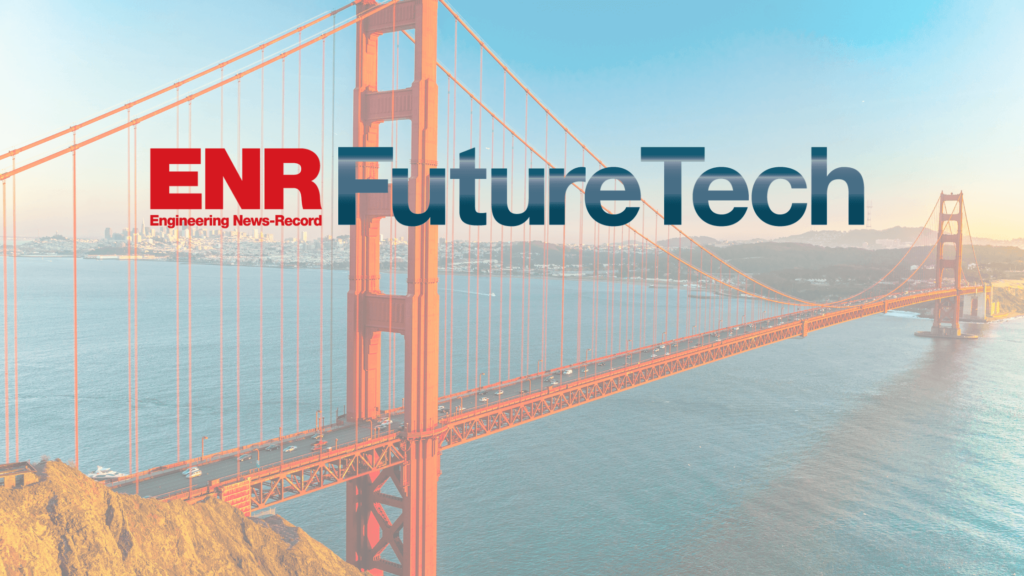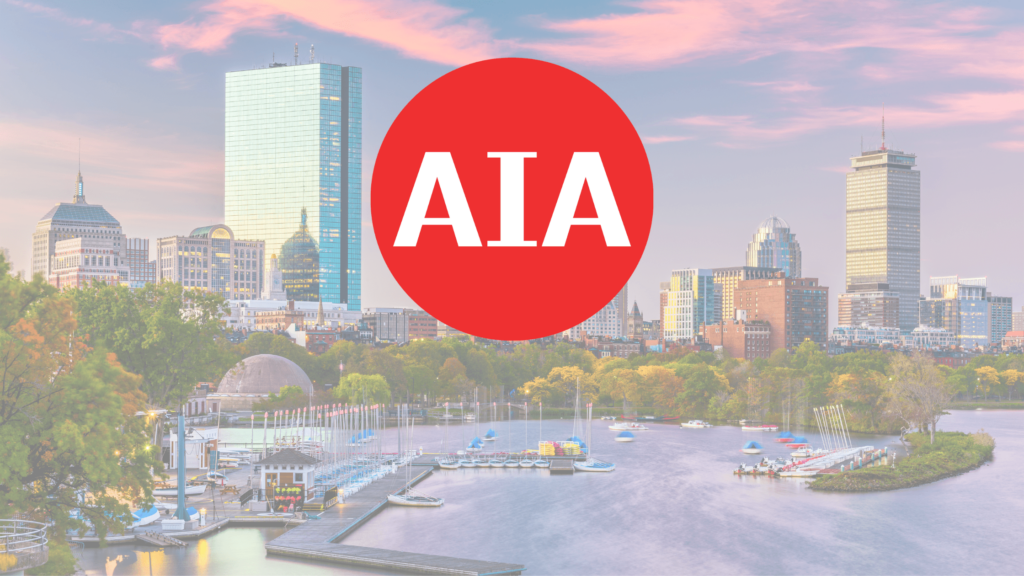Bjarke Ingels Group (BIG) is turning heads and transforming skylines across the globe with projects that redefine architecture as we know it. From the innovative CopenHill in Copenhagen—a waste-to-energy plant with a rooftop ski slope—to the twisting Vancouver House in Canada and the playful LEGO House in Denmark, BIG blends function, sustainability, and a touch of playfulness. Whether crafting urban powerhouses like The Spiral in New York City or cultural landmarks like 8 House in Copenhagen, BIG’s designs aren’t just about creating spaces—they’re about reshaping how we live, work, and connect.
About BIG
Bjarke Ingels Group (BIG) has redefined modern architecture by blending sustainability, creativity, and community impact. Established in 2005 by Danish architect Bjarke Ingels, the firm is known for its signature “hedonistic sustainability” philosophy, which seamlessly balances environmental responsibility with human enjoyment. With a global portfolio spanning urban planning, residential complexes, cultural landmarks, and public spaces, BIG’s projects consistently push the boundaries of what architecture can achieve.
8 Iconic projects by Bjarke Ingels Group
The Mountain
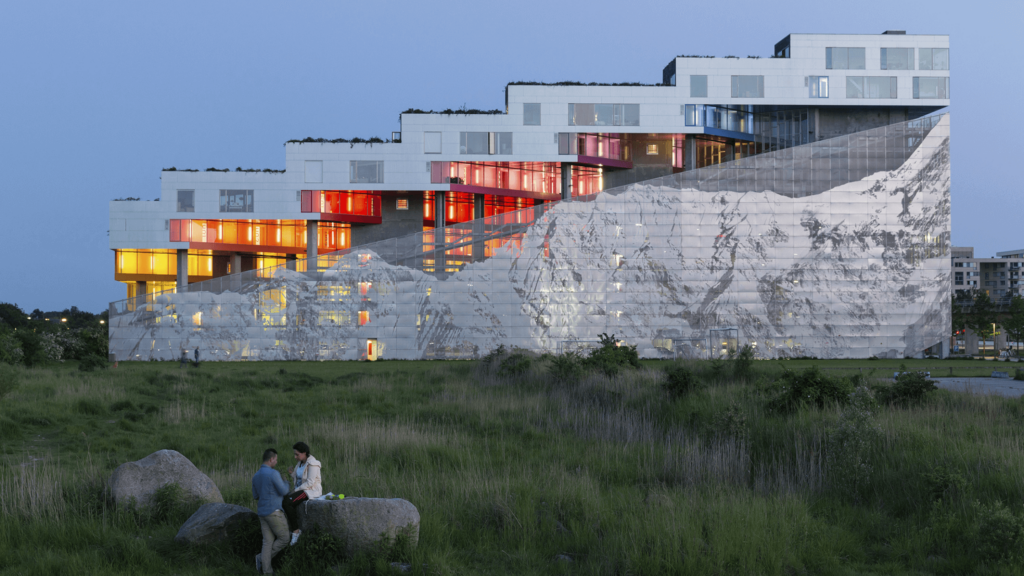
- Location: Copenhagen, Denmark
- Year built: 2008
- Typology: Residential/multi-use
Located in the heart of Copenhagen, The Mountain reimagines what residential living can look like. This structure gained international recognition, earning the World’s Best Housing title at the World Architecture Festival in 2008. Combining housing and parking in a way that’s as visually stunning as it is practical, the building’s terraced apartments rise upward, giving each resident their own private garden and breathtaking views of the surrounding cityscape.
Below the apartments, an innovative multi-level parking garage ensures efficient use of space while maintaining a sleek aesthetic. The exterior is adorned with perforated aluminum panels featuring a mountain motif, making the building itself a work of art.
CopenHill (Amager Bakke)
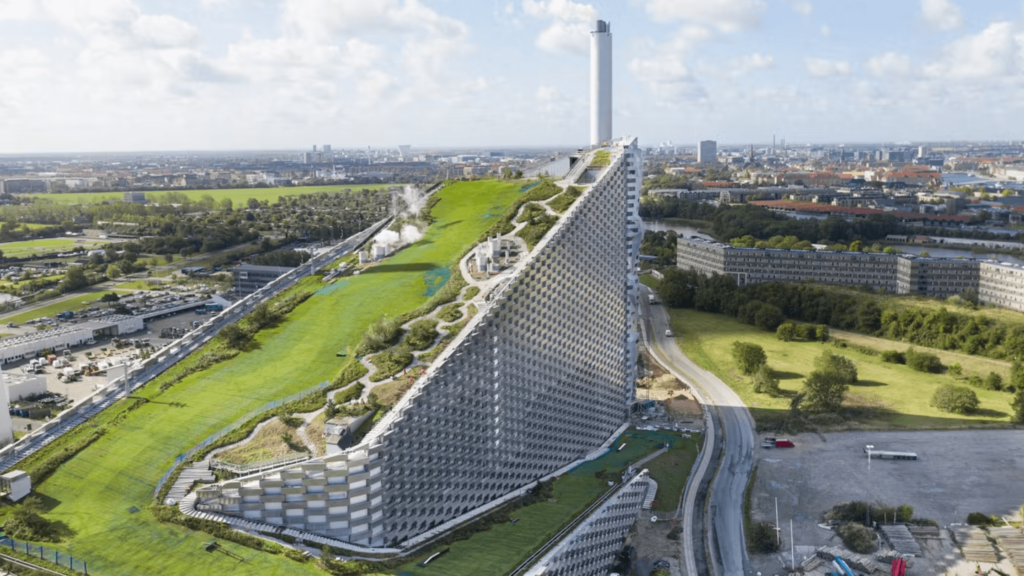
- Location: Copenhagen, Denmark
- Year built: 2019
- Typology: Waste-to-energy plant and urban recreation center
CopenHill, also known as Amager Bakke, is where sustainability meets adventure in the heart of Copenhagen. Designed by Bjarke Ingels Group, this waste-to-energy plant does more than generate clean energy—it redefines what a power plant can be.
The structure features a rooftop ski slope with varying difficulty levels, offering year-round skiing in a city with little snow. Surrounding the slope are hiking trails and one of the world’s tallest artificial climbing walls, making CopenHill a hotspot for outdoor enthusiasts.
Beyond its recreational appeal, CopenHill is a technological marvel. It converts 440,000 tons of waste annually into clean energy for Copenhagen residents, significantly reducing landfill use and carbon emissions. The building’s façade, made from stacked aluminum bricks, is functional and aesthetically striking, reflecting BIG’s commitment to blending beauty with purpose.
This project isn’t just a bold example of sustainable architecture—it’s a community space that invites people to engage with green energy in a truly hands-on way.
Via 57 West
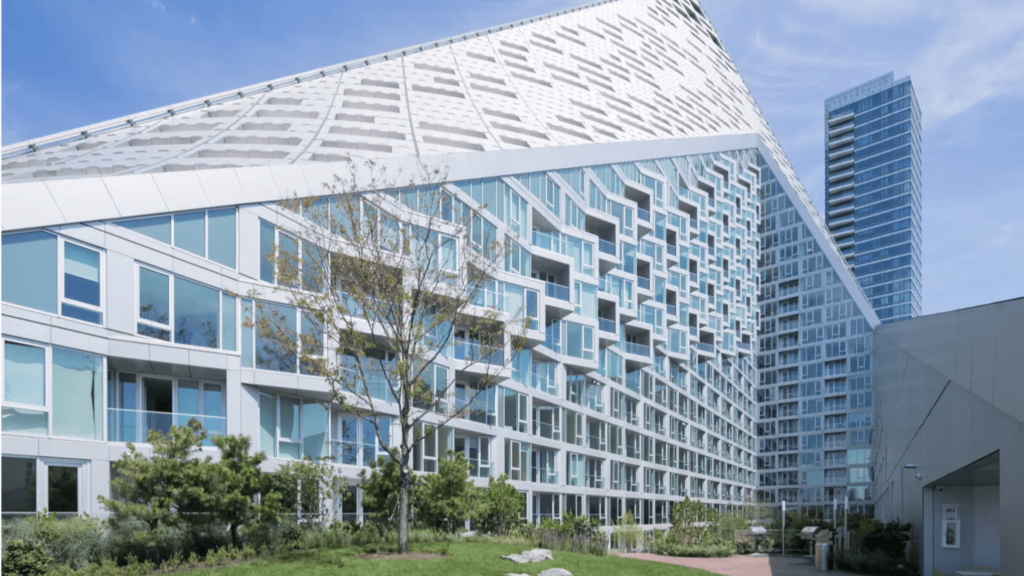
- Location: New York City, USA
- Year built: 2016
- Typology: Residential skyscraper
Via 57 West is a striking example of architectural innovation, bringing Bjarke Ingels Group’s signature creativity to the heart of Manhattan. Nicknamed the “courtscraper,” this unique building blends the traditional courtyard-style housing of Europe with the verticality of a New York City skyscraper.
Its pyramid-like shape maximizes natural light and offers breathtaking views of the Hudson River, creating a stunning visual contrast against the city’s iconic skyline. The sharp angles and cascading terraces give every resident access to green spaces, an amenity rarely found in urban high-rises.
Inside, Via 57 West features 709 residential units, ranging from studios to penthouses, all designed with an emphasis on functionality and elegance. The building also incorporates sustainable features, including energy-efficient systems and green roofs that contribute to the surrounding ecosystem.
This bold, geometric marvel has redefined urban living and cemented it as one of New York City’s most recognizable and admired buildings.
The Spiral
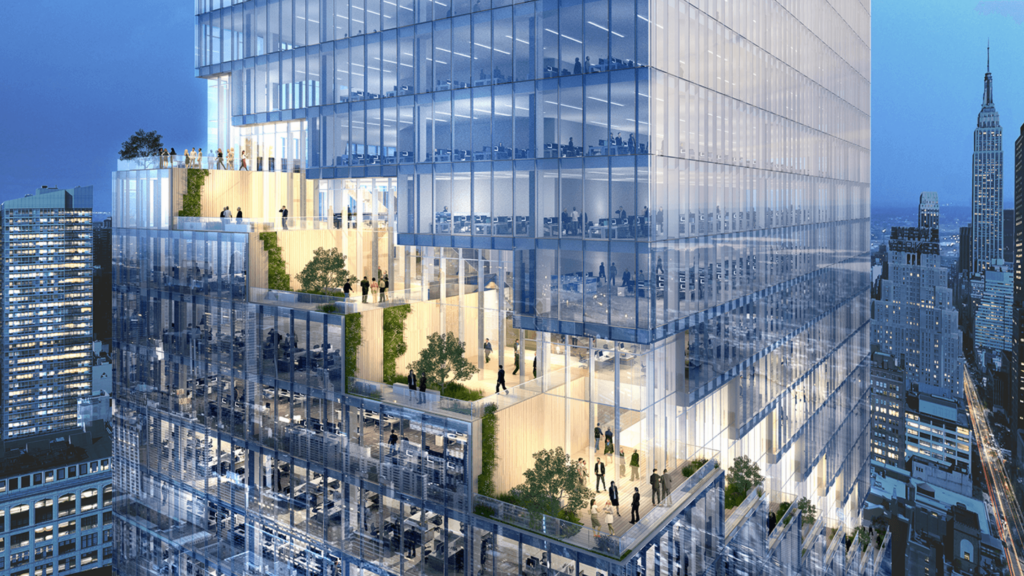
- Location: New York City, USA
- Year built: TBD (under construction)
- Typology: Office skyscraper
Rising in Hudson Yards, The Spiral is set to redefine office space in Manhattan. This twisting skyscraper features a unique stepped design incorporating open-air terraces around the entire building. This spiral-like greenery offers every floor access to outdoor spaces, creating a vertical garden in the middle of the city.
Beyond its aesthetic appeal, The Spiral prioritizes sustainability and tenant well-being. The building is designed with cutting-edge energy efficiency systems and green technologies. Its layout emphasizes flexibility, making it adaptable to various office configurations while fostering a healthier and more collaborative workspace.
Once completed, The Spiral will stand as a testament to BIG’s vision of merging urban functionality with green living, setting a new standard for sustainable skyscrapers.
LEGO House
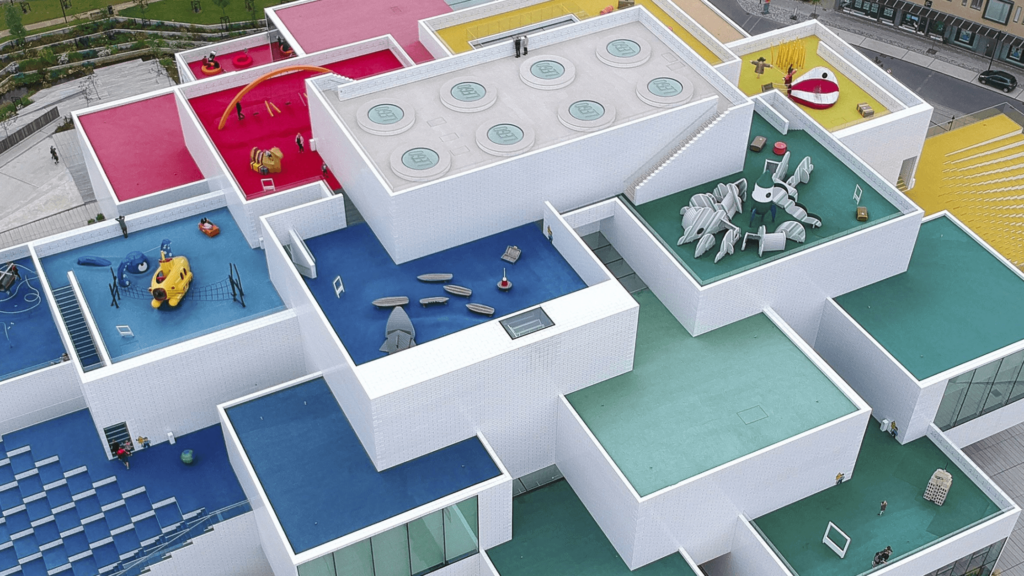
- Location: Billund, Denmark
- Year built: 2017
- Typology: Cultural/experience center
In Billund, Denmark—the birthplace of LEGO—the LEGO House brings creativity to life in a playful and immersive way. This BIG architectural masterpiece is a vibrant tribute to the iconic toy that has inspired generations.
The building resembles a stack of LEGO bricks, inviting visitors to explore its colorful, imaginative spaces. Inside, the LEGO House features multiple interactive zones, including hands-on exhibitions that showcase LEGO’s history and endless possibilities. Visitors can build, play, and even program robots in these dynamic environments.
The rooftop playgrounds offer fun for children while providing panoramic views of Billund. Each area of the LEGO House is designed to engage visitors of all ages, encouraging creativity and curiosity.
Beyond its playful design, the LEGO House also houses restaurants, a café, and a store filled with exclusive LEGO sets, making it a destination for families, fans, and creative minds.
Vancouver House
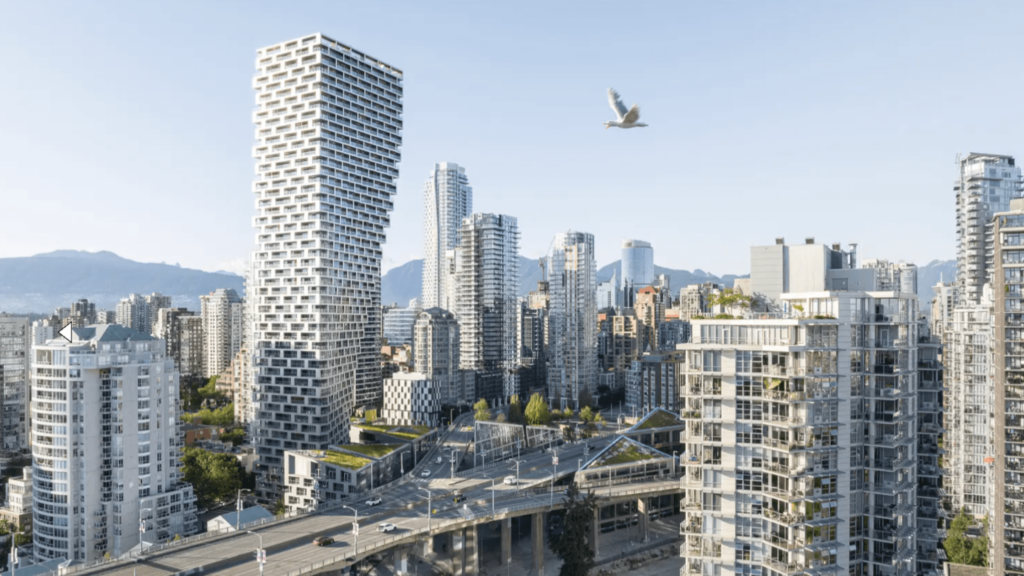
- Location: Vancouver, Canada
- Year built: 2020
- Typology: Mixed-use (residential, commercial, and cultural spaces)
A true architectural icon in the heart of Vancouver, Vancouver House displays Bjarke Ingels Group’s ability to merge form, function, and art. This mixed-use structure’s twisting design is visually stunning and highly functional, strategically maximizing natural light and offering breathtaking city and waterfront views.
Rising from a triangular base and expanding as it ascends, the building cleverly uses limited space while creating a dynamic addition to Vancouver’s skyline. The innovative design includes residential units with unique layouts catering to diverse lifestyles and commercial and cultural spaces that make Vancouver House a thriving urban hub.
Adding to its appeal, Vancouver House features public art installations that enhance the area’s cultural vibrancy. One standout is the “Spinning Chandelier” by artist Rodney Graham, a massive kinetic sculpture that hangs beneath the Granville Street Bridge, bridging the gap between architecture and artistic expression.
8 House
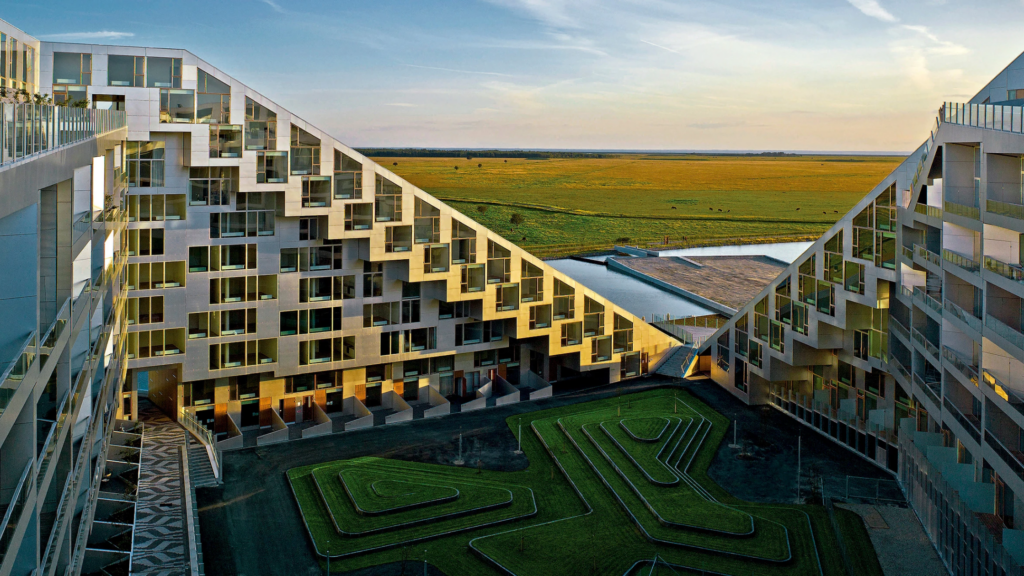
- Location: Copenhagen, Denmark
- Year built: 2010
- Typology: Residential/mixed-use
The 8 House in Copenhagen is a masterclass in community-focused urban design. Shaped like a figure-eight, this innovative building seamlessly blends apartments, offices, and retail spaces into a single, dynamic structure. The 8 House is more than just a residential complex—it’s a vibrant neighborhood in its own right.
What sets 8 House apart is its bike-friendly ramps, which connect the entire building, allowing residents to cycle from the ground level to the top floors. This integration of mobility and accessibility reflects BIG’s commitment to sustainability and urban connectivity.
The building’s design fosters interaction among residents and visitors, with open courtyards, green roofs, and communal spaces encouraging a sense of belonging. The 8 House is a physical representation of the Danish “hygge” concept, promoting comfort, community, and quality of life.
Recognized with multiple awards, including the Housing Building of the Year at the 2011 World Architecture Festival, 8 House is a standout example of architecture that brings people together.
The Grove at Grand Bay
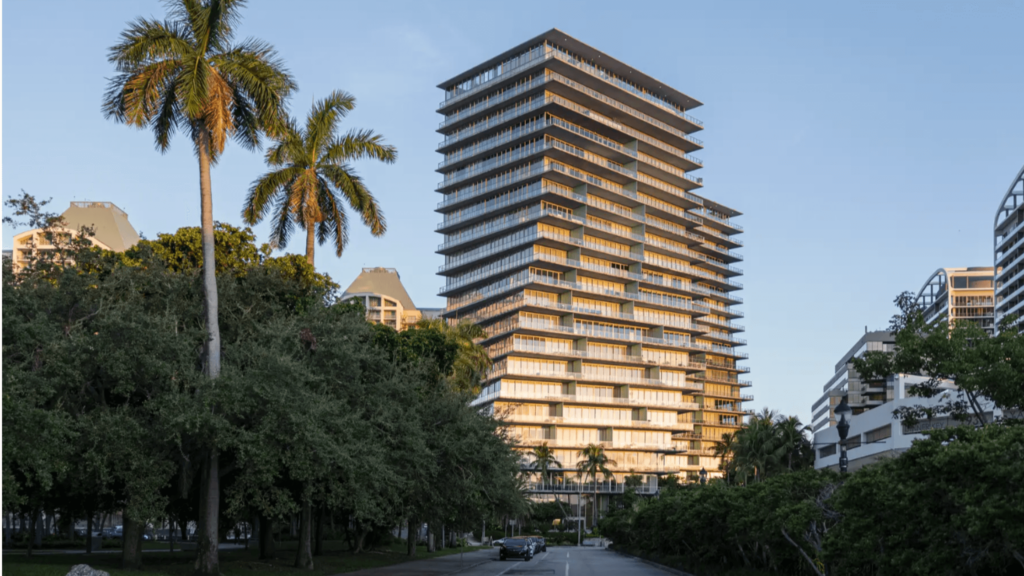
- Location: Miami, USA
- Year Built: 2016
- Typology: Residential towers
Standing as a beacon of architectural elegance in Miami’s Coconut Grove neighborhood, The Grove at Grand Bay is a pair of twisting residential towers that redefine luxury living. The buildings rise in a graceful spiral, offering residents unobstructed panoramic views of Biscayne Bay and the Miami skyline.
The unique design is more than just visually striking—it’s environmentally conscious. The twisting structure maximizes natural light and ventilation, reducing the need for artificial lighting and air conditioning. The project also incorporates energy-efficient systems and sustainable materials, reflecting BIG’s dedication to minimizing environmental impact.
Inside, The Grove at Grand Bay features expansive living spaces with floor-to-ceiling windows, private terraces, and high-end finishes. The development also offers luxurious amenities such as pools, fitness centers, and lush gardens, ensuring that residents enjoy both comfort and convenience.
This award-winning project has become an icon of Miami’s skyline, blending bold design with sustainability and sophistication.
Bottom line
Bjarke Ingels Group (BIG) has reshaped the architectural world with designs that seamlessly merge sustainability, functionality, and creativity. From twisting skyscrapers to energy-producing playgrounds, their projects challenge conventional thinking, redefine urban landscapes, and elevate how we live, work, and play.
Want to stay inspired by groundbreaking projects and innovations in architecture and construction? Subscribe to our newsletter and follow us on social media for the latest profiles, insights, and updates.
